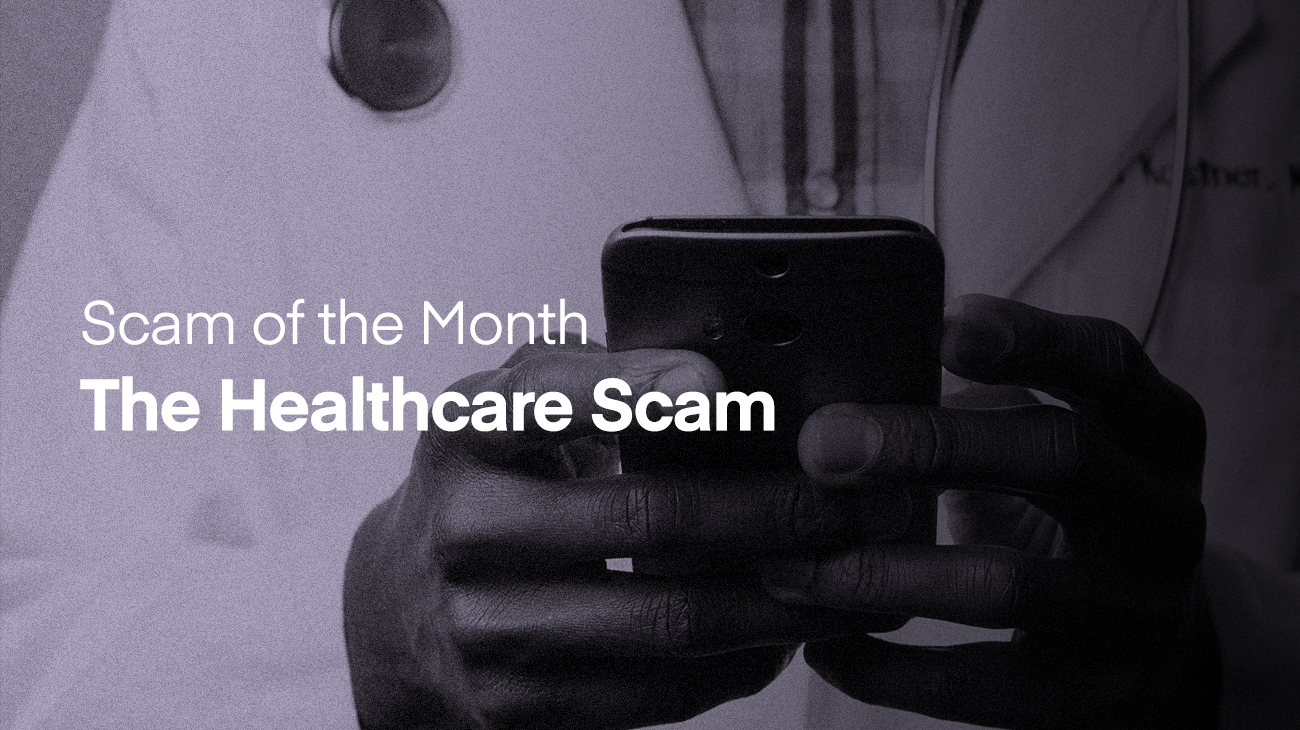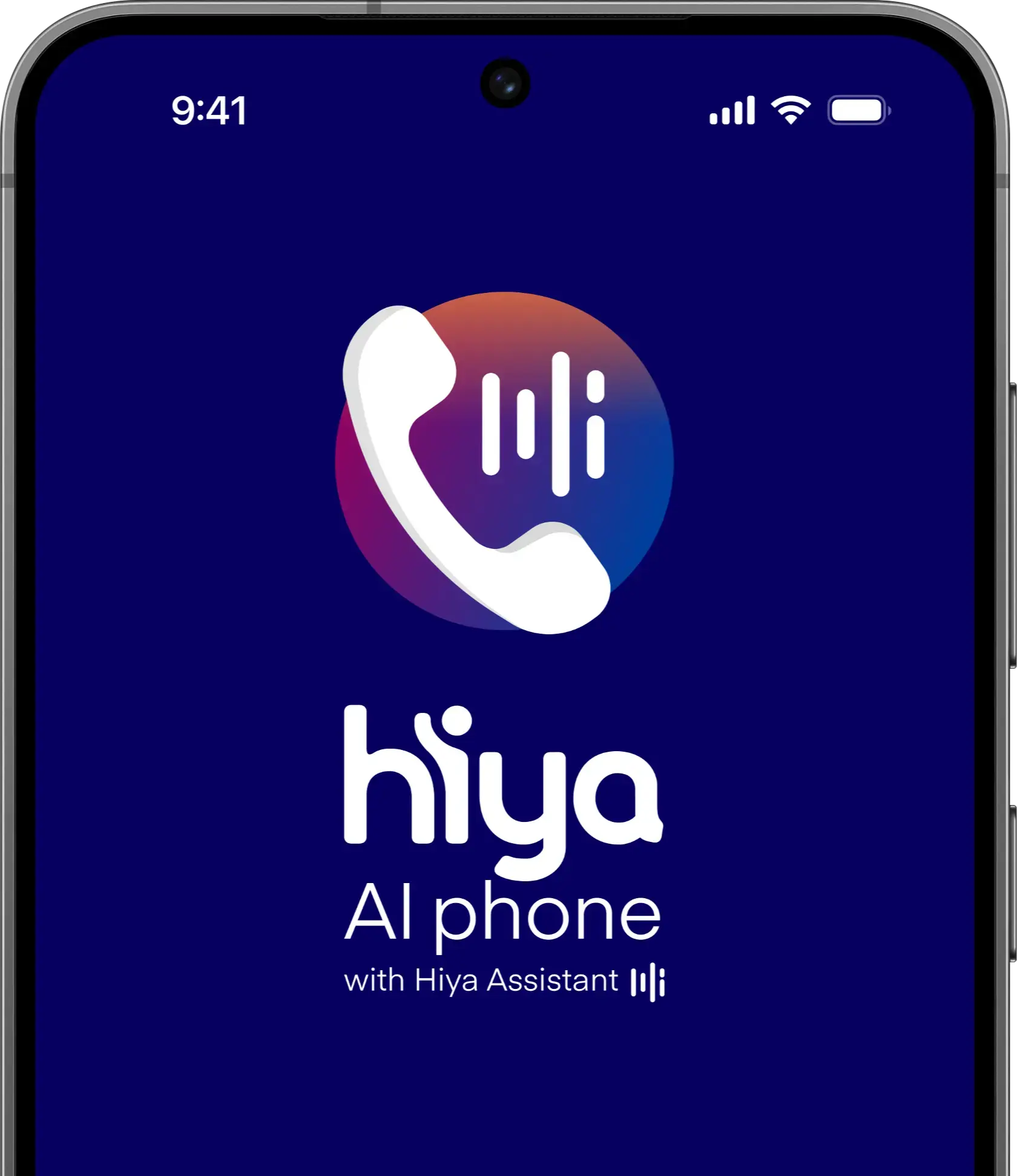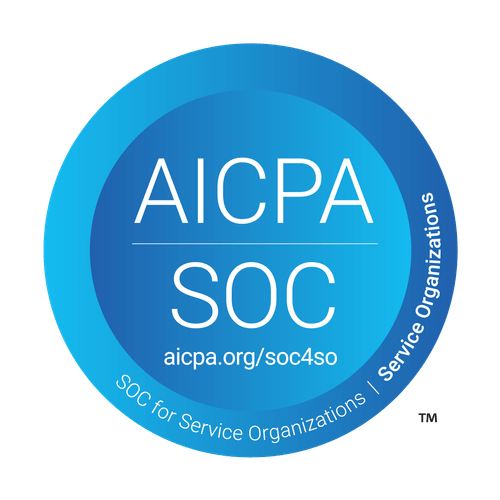
The patient enters the examination room concerned with what they think may be an infection.
"A recorded message just offered to sell me health insurance”.
This simple phrase, captured by The Hiya Honeypot, encompasses the entire diagnosis: the voice channel is sick with scammers and spammers. Carriers need a way to protect their network from this pervasive (and harmful) ruse. Before applying the proper treatment it is important to learn the symptoms and prevalence of the healthcare scam.
Potential Calls
During the summer of 2022, about 11.3M potential healthcare scam calls were made. The biggest spikes seen over this season were seen over July with a rising trend towards September.
The biggest spike overall (over the last two years) was seen in March of 2022 which corresponds with the CDC-reported flu season months. As seen in the graph below - comparing consistency in spikes seen over two seasons spanning 40 years apart - December through March sees the most flu activity.
Fraudsters are also aware of these trends and plan their scams accordingly; more people (in cold and seasonal climates) get sick during winter. People are often seeing their doctors at a higher rate and expecting calls or check-ins from their healthcare providers.
Varieties
The voice channel faces three main types of healthcare scams with varying targets; general healthcare, health insurance, and senior benefits/medicare scams all have their own approach and targets.
General healthcare
This type of scam concerns calls about general practitioners, checkups/missed appointments, and anything else shared in confidence.
Scammers use the sensitive nature of your personal medical information to try and manipulate you into trusting them. Through this trust, they can ascertain enough information from the end user to cause irreparable damage.
Health insurance
Scam calls about healthcare coverage saw a huge spike towards the beginning of the pandemic (winter 2019). The sharp rise in sickness across the country coupled with general uncertainty caused many to worry about their insurance.
Scammers are aware of the medical insecurity of the time and prey upon those looking for benefits. Beware as bad actors will typically ask one, if not all, of three things:
-
Do you need insurance?
-
Is your subscription running out?
-
Can you provide more information?
Medicare
Calls concerning senior benefits rose to popularity over the pandemic (peaking in winter 2021). They may call for your social security information claiming that your benefits are about to run out. Scammers will do the best they can to gather any other personal, medical, or financial information; beware as scammers will go so far as to tempt you with additional benefits that may or may not exist.
“I’ve gotten several calls a day, telling me I could become ineligible for my Medicare plan. They said I need to talk to an agent and take of this ASAP. I’ve gotten nothing in the mail regarding this matter so I’m not going to call them back.”
Smart move.
Pick-up rate
When looking at the over 11.3M calls that Hiya captured with a distinct connection to healthcare we noticed that the spikes were seen at the beginning and the end of the summer months (July and September).
Considering a base of all US incoming calls, spikes of over .4% were seen in pickup rates; this means that over 44,000 healthcare spam calls were answered in peak months during 2022.
Call duration
A surprising number of calls, regardless of their success, maintained a significant call duration. Attempted/unsuccessful calls maintained a call duration of about 1 minute; successfully answered calls and saw peaks of over 2 minutes.
In some cases (as seen in June 2022) call durations reached over 3 minutes. A long call could indicate a successful scam where an innocent subscriber fell victim to a seemingly trustworthy agent.
How to fight back against scam calls
While these scam techniques can prove to be highly effective, Hiya offers a variety of solutions to fight back.
Carriers can protect their customers from phone scams by adding Hiya Protect, which blocks or labels spam and scam calls with high accuracy, without blocking essential calls. It is used by carriers, mobile phone manufacturers, and network providers looking to create a differentiated voice offering and increase customer satisfaction. Not only does it block or label known spam numbers, but using Adaptive AI it identifies the patterns of spammers and blocks spam campaigns in their earliest stages.
Enterprises can help their customers feel safe answering the phone by adding Hiya Connect, which enables businesses to display their company name, logo, and reason for the call on the recipient’s mobile phone. Branded caller ID identifies who is calling so customers will not be afraid to answer their phones.
Individuals can check with their phone carrier to see if it offers spam/scam-blocking capabilities. If not, ask your carrier to consider adding Hiya Protect.








